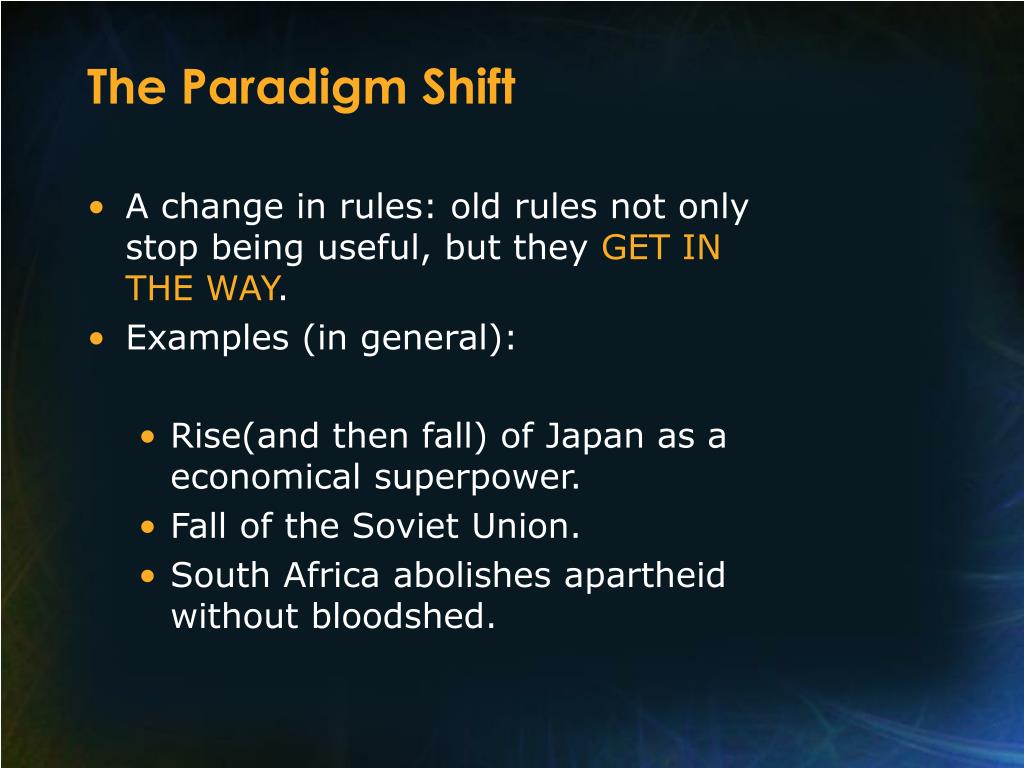

Such new truths do not nullify old truths, but include them. This is an example of an important type of paradigm shift: the new paradigm explains more things, and from it the old one can be derived as a consequence, a special case, or an approximation. Yet Newton's laws assume that gravity is an innate force of an object that can act over a distance. Sir Isaac Newton quantified the gravity between two objects when he formulated his three laws of motion. Nothing universally instant about that at all. And it would definitely take longer to arrive at Pluto than it would Mars. By his reasoning, if the Sun disappeared suddenly, the signal for the planets to stop orbiting would logically have to take some travel time. If, as Newton claimed, gravity was a constant, instantaneous force, the information about a sudden change of mass would have to be somehow communicated across the entire universe at once. Einstein’s theory punched a hole in Newton’s logic. However, Newton was really close to Einseteinean physics, his predictions were really approximated.

The end result was a paradigm shift from Newton's force of gravity in a flat, infinite universe to Einstein's curved space-time. Then slight inconsistencies were discovered, which Einstein's theory of relativity explained perfectly. Maboloc, assistant professor of Philosophy at Ateneo de Davao University, holds master’s degrees in philosophy from Ateneo de Manila University and in applied ethics from Linkoping University in Sweden.Newton developed laws of motion and gravitation which controlled physics for 200 years because of their explanatory and analytical supremacy. To do so is to plunge this country into a cynical acceptance of the despairing political realism of our times.Ĭhristopher Ryan B. Political solutions cannot and must not be forced beyond the bounds of legitimate authority. For this reason, civil society must not renege on its mandate to be that voice of dissent if the behaviors of those who are in positions of power no longer adhere to and transgresses the basic and moral requirements of the rule of law. The present national leadership has taken bold steps that neither history nor the current Constitution can serve as a relevant guide. But change is a painful process and, sometimes, a very dangerous proposition. The status quo is being challenged by the new order of things. The Filipino nation, indeed, is again in the midst of a political revolution. His style of governance, it can be said, is not just taxonomic in character. True enough, President Duterte is injecting political will in order to address many of our concerns-criminality in our streets, corruption and ineptitude in the bureaucracy, the Muslim rebellion in the south, and a Maoist insurgency. Obviously, the old ways of doing things must go if these cannot solve our problems. In the case of Europe, the pursuit of individual freedom has rendered old feudal systems absolutely defunct. Political revolutions are so often the death sentence to an era. Modern day monarchies are now merely symbolic or ceremonial in nature because the actual power to govern has been fully secularized. For instance, he mentions how monarchies and theocracies have been abandoned in Europe after the French Revolution. Kuhn’s influential work, which has since been translated into two dozen languages, uses political revolutions as the means of comparison in describing the actual nature of scientific revolutions. Bohr’s work served as the theoretical foundation in making the atom bomb, the development of nuclear medicine, and the birth of nanotechnology. It was known as the Planck-Einstein relation (E=hv). For example, Niels Bohr’s work on the internal structure of the atom is firmly grounded in the accuracy of Planck’s constant, discovered in 1900, which explained the basic relation between energy and frequency. Past scientific works are a source of background information. Kuhn also tells us that scientists capitalize on the textbook knowledge in their field. The heliocentric model provided a much simpler explanation in describing the orbit of heavenly bodies, thus, a paradigm shift. For example, Ptolemy’s geocentric model proved to be successful until the arrival of the Copernican model. An alternate theory will then emerge in order to replace the old one. Kuhn argues that shifts in scientific paradigms happen when an existing one is no longer adequate.

Normal science for Kuhn is like puzzle-solving under the umbrella of a present theoretical model. According to Kuhn, scientists work on problems on the basis of existing norms. Hilary Putnam describes a paradigm as the successful application of a theory.


 0 kommentar(er)
0 kommentar(er)
